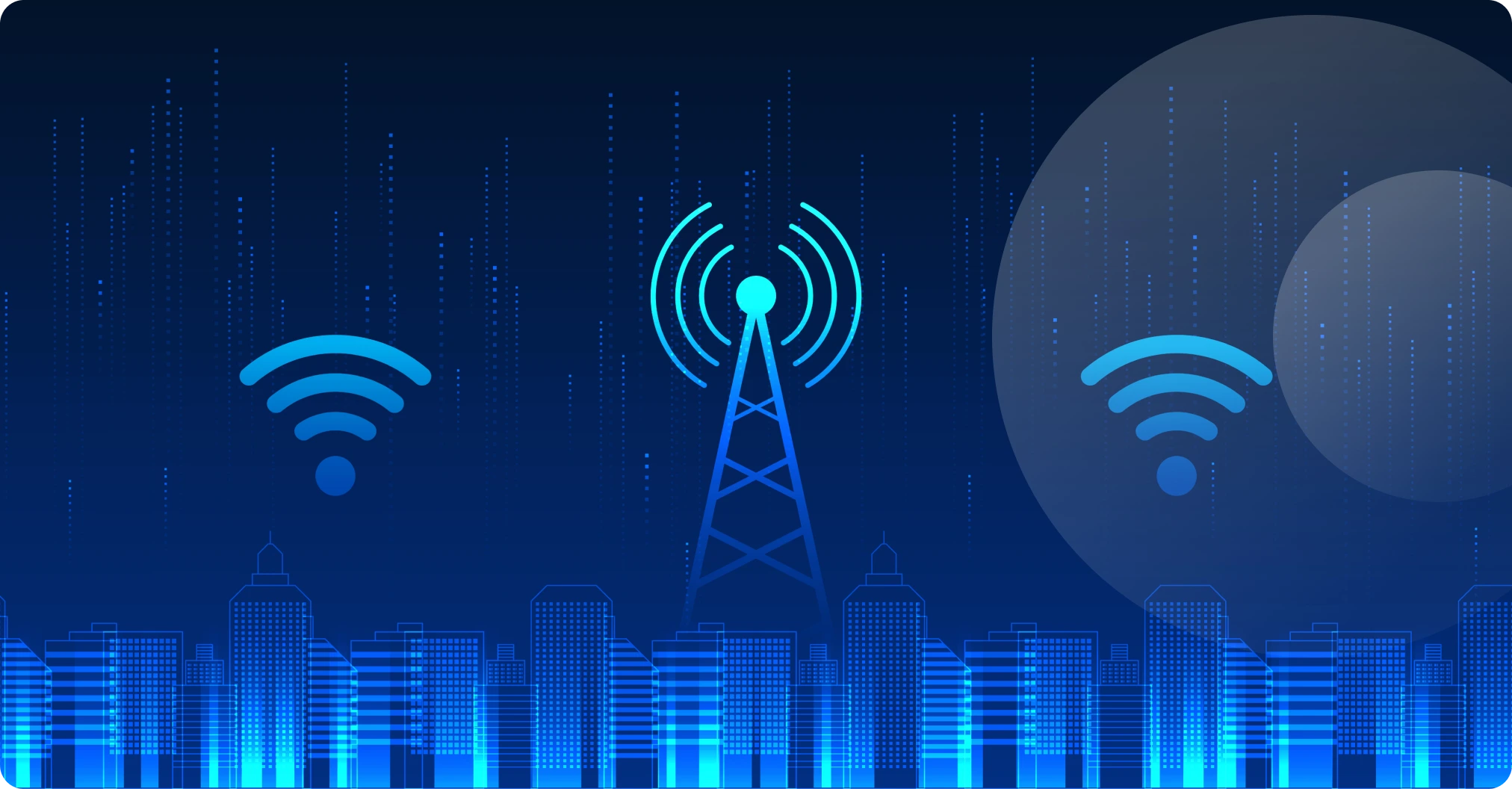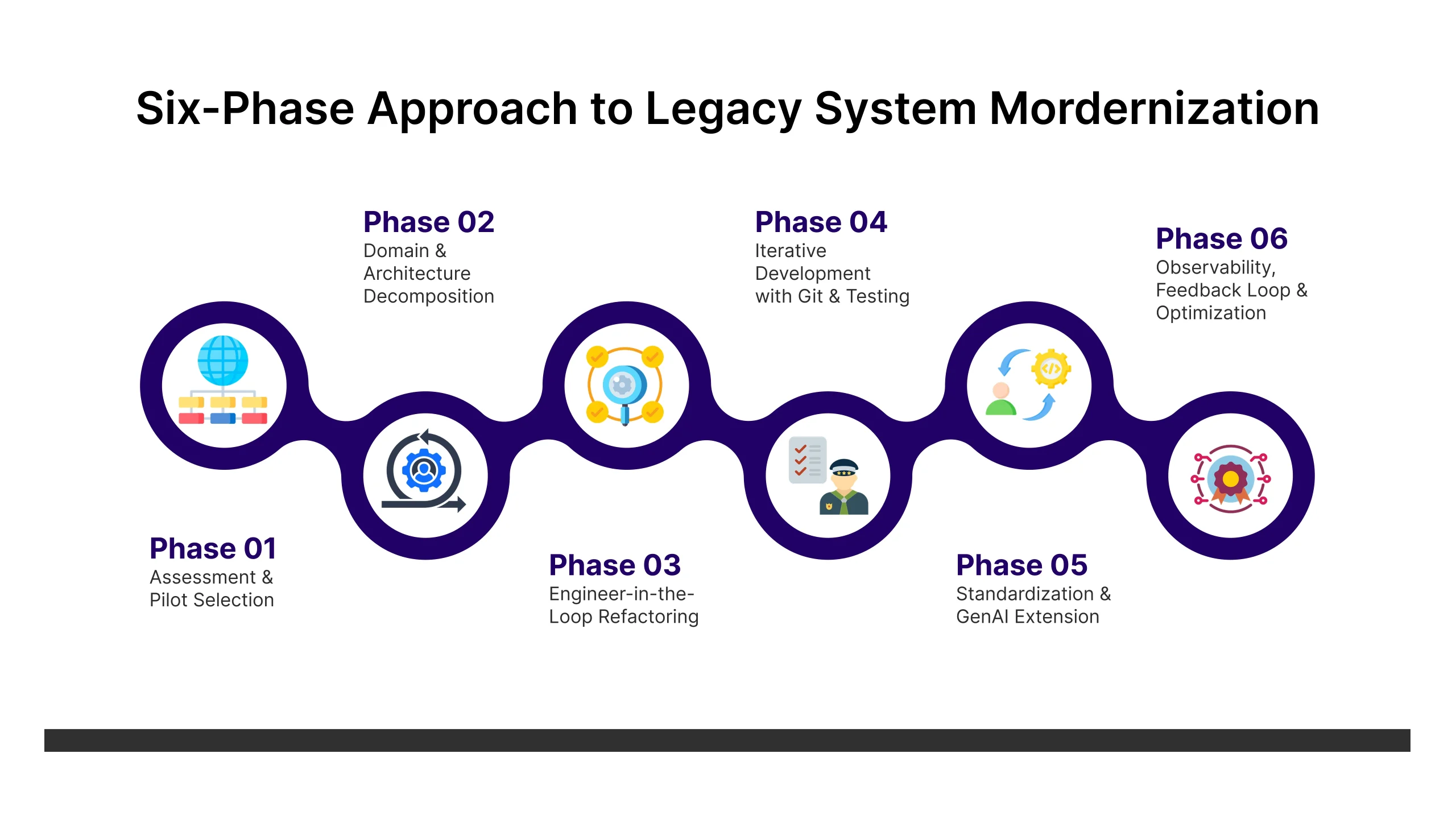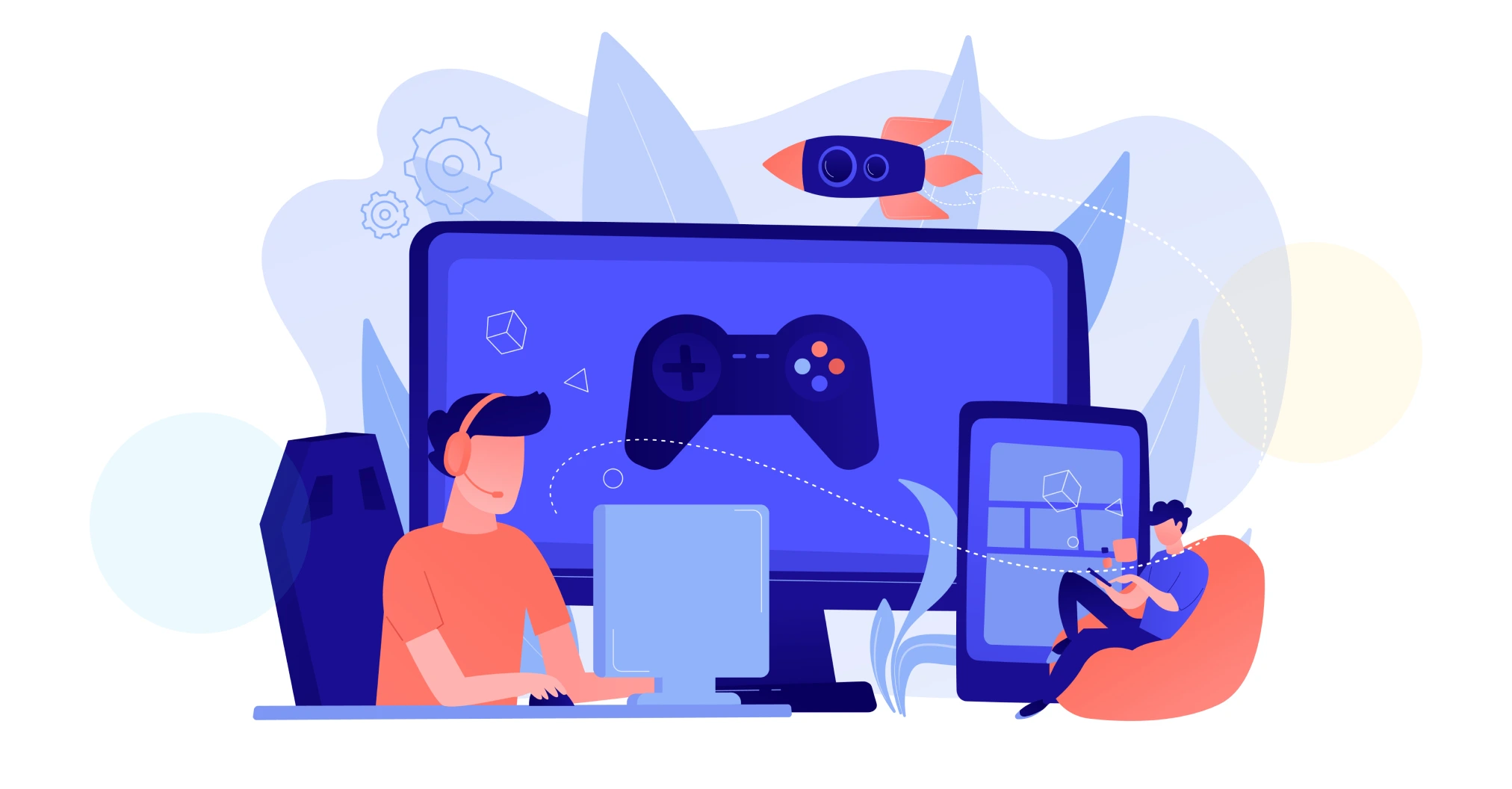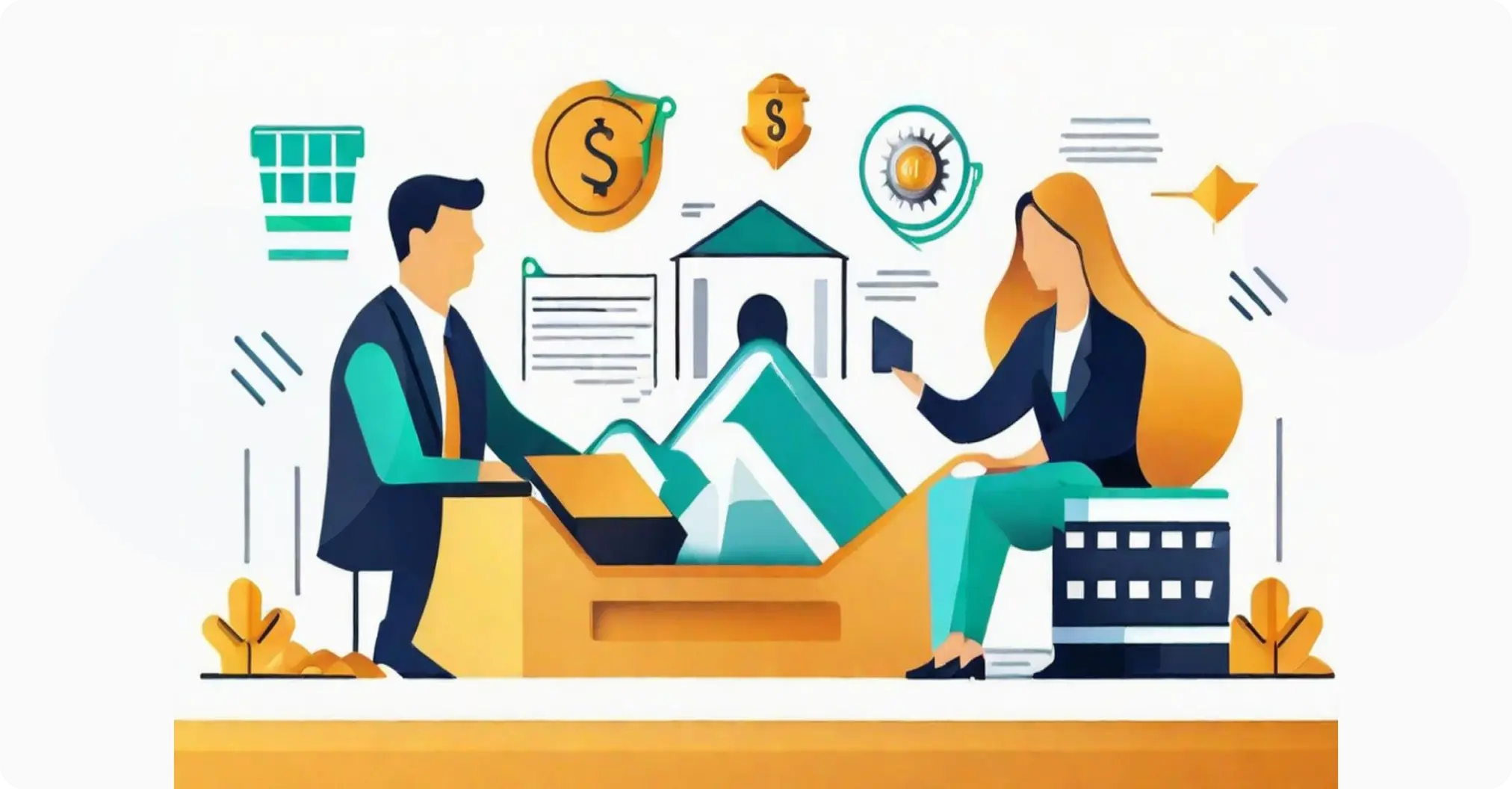Project Name
Engineer-Guided Legacy Code Refactoring with GenAI

![]()

A global telecommunications leader from Europe, operating mission-critical backend platforms, sought a safe and scalable path to modernize its aging, tightly coupled infrastructure. The challenge was to migrate legacy monolithic applications with minimal documentation and deeply intertwined business logic into modular and testable services without risking operational stability.
To address this, Ksolves introduced a phased, engineer-in-the-loop migration strategy enhanced with GenAI tools. This hybrid approach enabled rapid modernization while maintaining full engineering oversight, ensuring that AI output remained reviewable, verifiable, and production-ready.
-
Entangled Business Logic with Low Modularity:
Years of unstructured evolution had embedded complex workflows deep within the codebase. Fully automated translation risked misinterpretation of critical behavior. -
High Probability of Behavioral Regression:
Subtle domain-specific logic made AI-only refactoring unsuitable. System behavior needed to be preserved exactly during and after migration. -
Absence of Defined Architectural Boundaries:
The existing monolith lacked separation of concerns, demanding upfront architectural decomposition and domain mapping. -
No Proven Template for Safe GenAI Migrations:
In large-scale enterprise systems, scalable, AI-assisted migrations are still nascent. There was no established methodology, requiring a test-and-learn approach. -
Need for Developer Trust and Control:
Engineering teams needed to validate, refine, and own the transformation. AI outputs had to support full transparency, diffing, and rollback.

To safely modernize the legacy systems, Ksolves designed a six-phase approach combining GenAI-assisted tools with hands-on engineering oversight. This ensured high accuracy, control, and repeatability throughout the transformation process.
- Phase 1 of Assessment & Pilot Selection: We conducted a comprehensive baseline assessment of the legacy system to identify modules with manageable complexity and minimal external dependencies. From this, we selected a self-contained, low-risk workflow as the pilot candidate for initial migration. We also evaluated test coverage, code quality, and business criticality to ensure that the first phase minimized operational risk and established a strong foundation for future migration efforts.
- Phase 2 of Domain & Architecture Decomposition: We manually decomposed the monolith into logical, domain-aligned service boundaries to promote modularity and maintainability. We defined clear service contracts and modular interfaces to guide clean interactions between components. Implementation languages and frameworks were chosen based on use cases, Java with Spring Boot for scalable business services and RESTful APIs, and Python for scripting layers, ETL processes, and data-heavy components.
- Phase 3 of Engineer-in-the-Loop Refactoring: We utilized GitHub Copilot and Cursor IDE to facilitate initial code generation and logic translation, while developers maintained complete control over refactoring and reviewing AI-suggested code. This ensured adherence to business logic, functional expectations, and code quality standards. We enforced code quality gates using linters, static analysis tools, and rigorous peer reviews to maintain consistency and best practices.
- Phase 4 of Iterative Development with Git & Testing: We adopted a Git-driven workflow that enabled safe experimentation through feature branches, supported behavioral diff comparisons between legacy and modern modules, and allowed for rollbacks when necessary. Automated test suites, including unit, integration, and regression tests, were created or adapted to validate functionality. We ensured end-to-end parity with legacy behavior to confirm successful migration.
- Phase 5 of Standardization & GenAI Extension: We documented effective refactoring patterns and reusable transformation strategies, creating internal migration templates and prompt libraries to standardize and accelerate future phases. Additionally, we initiated the development of custom GenAI plugins to automate repetitive tasks and handle domain-specific logic, further increasing the efficiency and scalability of the transformation process.
- Phase 6 of Observability, Feedback Loop & Optimization: We established a continuous feedback loop between engineers and GenAI tools, capturing instances of misinterpretation, inconsistent generation, and edge case handling. These insights informed prompt engineering refinements, improving the reliability of GenAI over time. We also monitored migrated components in production to ensure stability, meet performance benchmarks, and fine-tune the migration strategy based on real-world outcomes.
- Achieved 100% functional parity for the pilot flow, with measurable improvements in code maintainability and modularity.
- Validated a repeatable migration framework combining GenAI efficiency with engineering control.
- Initiated broader rollout across high-impact workflows using the same phased model.
- Gained stakeholder confidence by preserving business continuity and architectural clarity.
Modernizing mission-critical systems in telecommunications demands more than automation, as it requires engineering intent. GenAI-assisted, expert-driven approach by Ksolves enabled a safe and scalable migration without compromising business reliability or architectural integrity. This strategy now serves as a repeatable model for broader enterprise modernization initiatives in similar complex environments.
Ready to Modernize Your Legacy Systems with Genai, Safely?
Let’s Design an Engineer-Guided Migration Strategy Together!






